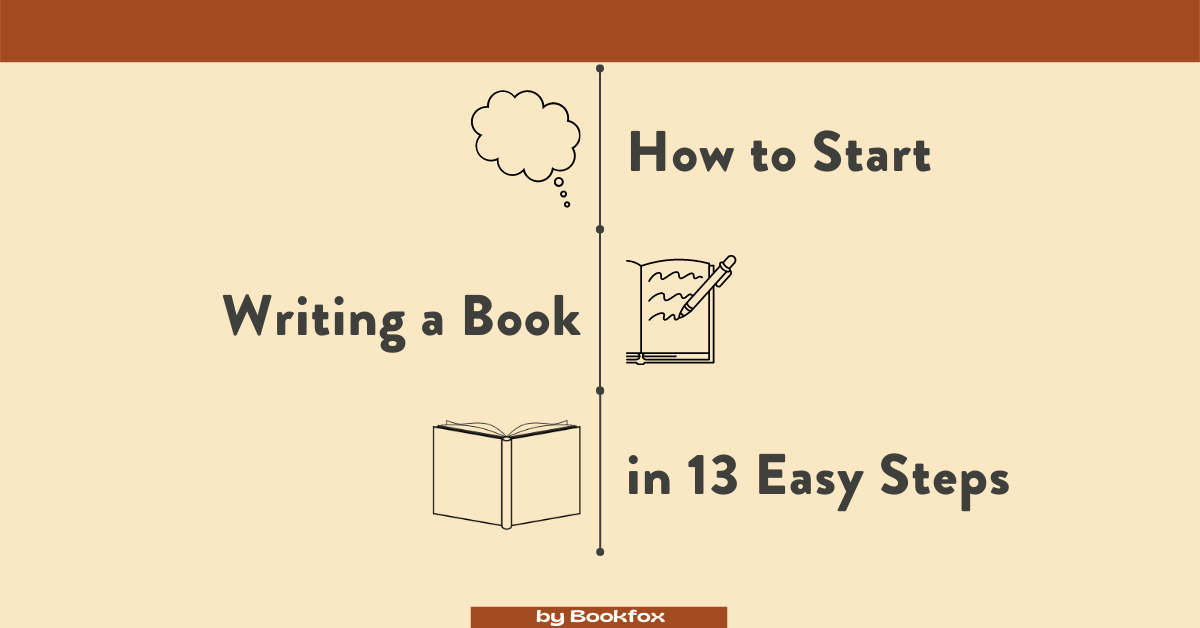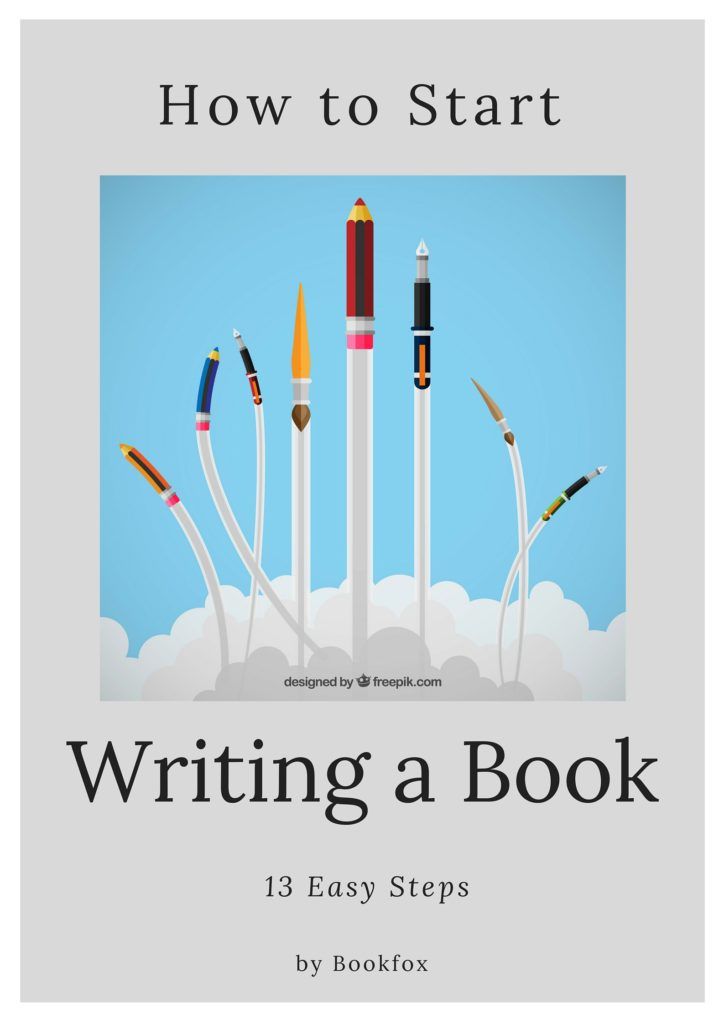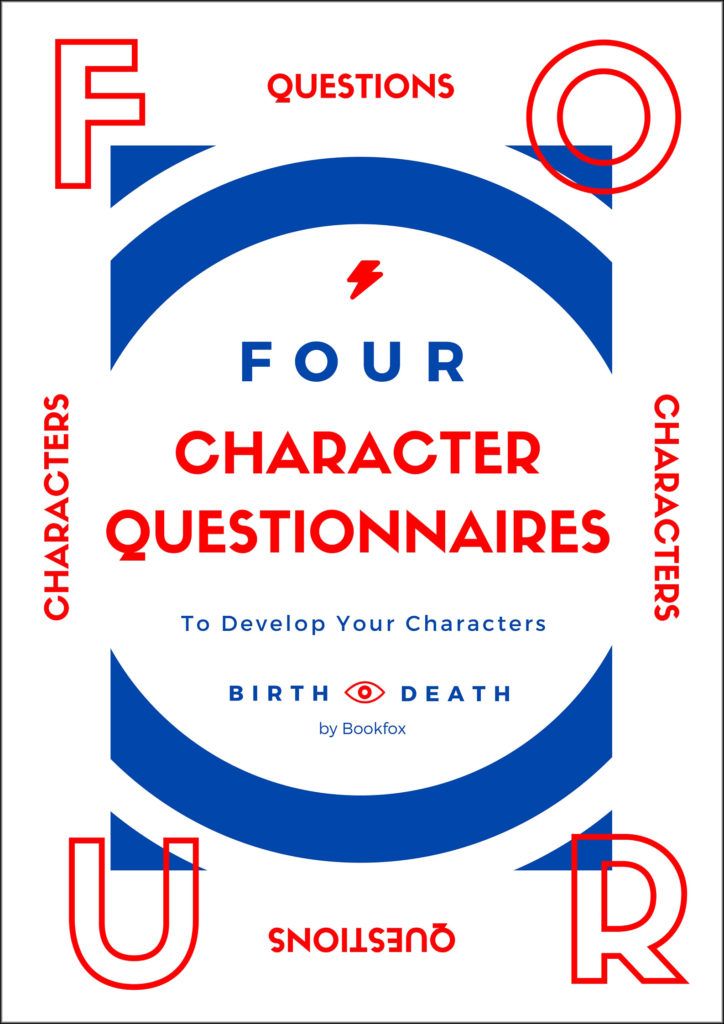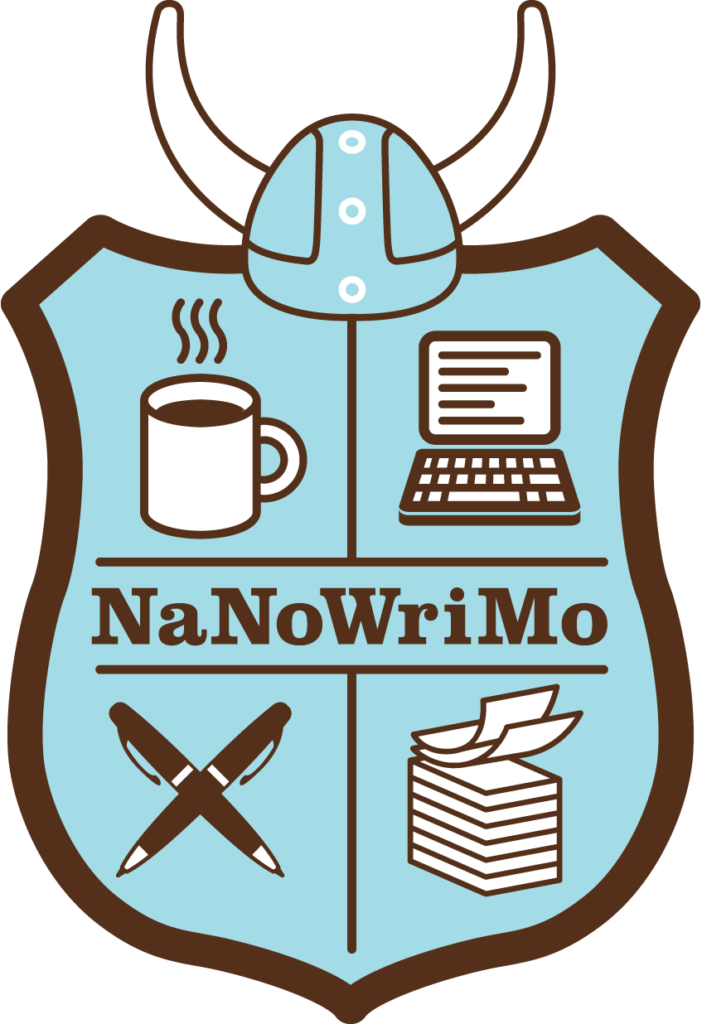

So you have an idea bouncing around in your head and you can hardly keep it to yourself.
In fact, you probably haven’t kept it to yourself. You can’t help it. It’s so exciting and you can’t stop thinking about it, so it only seems right that you tell your Starbucks barista full speed at eight in the morning. If we’re being honest, they aren’t the only people you’ve told (don’t feel bad, we’ve all been there. My coworkers want me to shut up too).
If this sounds true for you, then it’s probably time to start writing a book.
I know that sounds daunting, and I would be lying if I said it was easy, but I would also be lying if I said you couldn’t do it. At the end of the day, it is one foot after the other, page after page.
While there is no magic-wand method that ensures you a fully formed novel after three months of light effort, there are many different strategies and methods you can use to help turn your idea into a manuscript. Even if everything here doesn’t quite work for you, hopefully you’ll find something here that will help you start writing your book and move you through your first draft.
1. Commit Yourself to the Mission

Above all, even if you ignore everything else on this list, you need to come to terms with the fact that writing a book is like running a marathon. It’s going to take endurance, perseverance, and a whole mess of time. Therefore, before you begin this process, I have to recommend taking a moment in order to mentally commit to completing your goal.
Do not say “maybe” and give yourself room to slack off later on. Trust me, that’s exactly how I found my self abandoning countless projects after about four chapters. For your own sake, think about:
- Setting a few goals. Whether it’s a certain word count you want to meet every week, or just putting pen to page once a day, try to create tangible goals to try and make the project seem less daunting. Remember, 300 words every day becomes a 50,000 word novel in under six months.
- Calling your mom, your grandparents, or an old friend and asking them to help you out. Make a pact to email them what you’ve written every day or every week. Honestly, they’re probably not going to read it, but that’s not the point. It’s about being held accountable by someone outside of yourself. You might be able to tell yourself that today’s work doesn’t matter, but it’s much harder to tell that to an 81 year old lady.
- Making a bet with your significant other or a close friend. Have them set up a reward and punishment system based on how much or how often you write. In my experience, baked goods and shame always help here.
2. Know What Excites You

What is it about your story that excites you? I’m not talking about what a future reader or editor should be excited about, since they won’t exist until you’re done. I want to know what it is that drives you to put words on the page every day.
For example, I haven’t been thrilled with the way I’ve seen strength and vulnerability portrayed in books.
So the attempt to fix that problem got me excited to write. I have no idea whether any reader would ever notice or care about that element of my story, but that’s not the point. This minor theme that’s getting me excited is helping me to finish my story, and at this stage, that is the only goal.
Think about the specific aspects of your story that get you excited and write them down.
List them, describe them, it doesn’t matter where you put it just so long as you can find them later. Personally, I tend to keep a bookmark folder on my laptop filled with pictures, quotes, or my own rambling words that happen to inspire me. This way, whenever I happen to feel stuck or lost I’ll have a stash of inspiration to rekindle my imagination.
3. Schedule Time to Write Daily

When are you writing?
This is quite the time commitment you’re undertaking, and if you’re like me, that means you’ll push off writing for any other excuse that comes up. So, I suggest pulling out your day planner or the calendar app on your phone and scheduling time to write.
Are you willing to wake up an extra hour earlier? Do you write better in larger chunks or 300 words here and there? Think about the way you write and carve out time for it. Your novel is like a child, so you’re going to need to make room for it in your life.
4. Pick a Good Spot to Write

Where are you writing?
I’ll admit, when I make a resolution to write more, my own location is not the first thing I tend to think about. But at the end of the day, if my desk looks like a small junk yard and I try to write on my bed, I’ll be too distracted to write a word.
So as you get ready to write you novel, put some real thought into where you’ll be putting in all that blood, sweat, and tears. Even if you end up moving around from place to place, try to set up a default location.
- Keep it clean and comfortable so you’re not distracted.
- Don’t using that space for anything except your writing because, according to cognitive psychologists, you actually learn and work better if you work on the same subject repeatedly in the same space.
- Make sure this location is always available.
However, keep a couple other backup locations in mind. By the same logic I just used, changing location can just as easily get you out of a writing rut. Think about:
- Local coffee shops and diners
- A friend or family member’s house
- A park on a warm day (perk: no wifi = no distractions)
- Local college library
5. Tell your Friends. Maybe.
There are mixed opinions on this. Some argue that by not telling anyone, you give yourself space to incubate with the story and explore it in full and in private. Others say that by telling close friends and family from the beginning, you’re creating a support network for yourself, while also setting up the threat of shame if you give up on the novel.
Whatever process you agree with, commit to it and stick with it. Just make sure you pick the option that works best for you.
6. Decide Who You’re Writing For

Who are you writing for?
I’m asking you to think about this tentatively for now, because the first draft is really only for you and you probably won’t know the real answer to this question until later on, but it’s still worth thinking about. Who do you imagine your audience to be? Is this question even important to you?
Important things to consider:
- Is it more important to you to have rave reviews and the admiration of critics, or is it more important to please your soon-to-be vast legions of fans?
- Are you seeking an audience of friends and family and a few strangers, or an international crowd?
- Are you trying to reach people who like a certain genre (romance, sci-fi, westerns, fantasy) or are you trying to challenge or combine those genres into something different?
You may very well abandon what ever answers you come up with right now, but how you feel about these questions is going to inevitably guide how you approach your novel.
If you’re planning on writing for young adults for example, you may want to embrace or avoid certain subject matters. However you may also find that after the first draft is complete, the audience you imagined isn’t the one you want to keep. Feel free to revisit this question as you go, especially when you find yourself getting stuck.
7. Try Some Microfiction
It’s sometimes helpful to test drive a few voices and tones before you actually begin your first draft.
Choose a scene and explore how your narrator behaves. Take some time to see what tense works best for your narrator and honestly figure out if you’re willing to spend the next few months in this voice.
Put them in situations that they might never find themselves in your actual novel. How would they respond in a crisis? What do they do in awkward situations? What’s their sense of humor like?
In all likelihood, these short pieces won’t ever make it into the final draft, or event the first draft, but that’s part of the point. Think of it as a way to awkwardly introduce yourself to your narrator so it seems like you’ve always known each other once you start your draft.
8. Bond With Your Characters

Take an afternoon, or even a week, and really get to know who your characters are. To be clear, I’m not talking about just your main one or two characters, I’m talking about all of them.
- What is the doorman’s home life like?
- How religious were the main character’s parents?
- How do your minor characters exist when the narrator isn’t around?
If you need more questions to help you understand your character, go through a character questionnaire.
The more you know about your minor characters before you begin writing, the less they are going to seem like furniture in your draft. That’s not to say they can’t evolve once you start writing, nothing is set in stone, however it’s useful to see how all your characters fit together throughout your plot. For added bonus points, try to develop and understand your “villainous” characters.
9. Figure out Your Central Conflict

We all know that every story has it, and we’ve been told that every story needs it, but what kind of conflict does your story have?
Make a list and identify some of the basic conflicts in your story. Try to pay attention to both the macro and the micro, while also looking at how these different conflicts intersect. Look at external conflict and internal conflict. Look at interpersonal conflict, emotional conflict and the physical conflict of dangerous situations.
Try these three techniques of conflict description:
- Write one list that’s only a sentence long, with your central conflict explained.
- Make a second list with the 3 most important conflicts.
- For your third list, try to list every type of conflict in the book — between minor characters, subtle types of conflict, everything.
This can turn into a useful way to focus your first draft and to help you expand upon some key plot points. For some bonus brownie points, feel free to think about the resolution too.
10. Outline What You Can

Depending on what kind of story you’re intending to write, you may not have put too much thought into the setting or the culture of the book, but you should.
I don’t mean to step on your spontaneity or hinder your creativity, but lets be honest, deep down even the most seat-of-the-pants writer loves world building. Even if you avoid outlining like a cat runs from a bath, there are some key pieces of information that you need to know before you start, and you don’t have to type it up on notecards to organize it.
- Draw a map of where your main character will be throughout the story. What do the buildings look like? Is this a small town? A city?
- Find pictures that make you say “That’s what’s in my book!”
- “Fan-cast” actors and actresses that look or sound like what you imagine your characters to be.
- What kind of food and music would be popular?
11. Focus on a Killer First Scene

Where exactly do you want to begin? Why do you want to begin there? How does it help you introduce your narrative world?
If you first scene isn’t absolutely amazing, why would agents or publishers or readers want to keep reading?
There are hundreds of thousands of books published every year, and your first few pages gives the reader the first impression. No pressure, but it might be best if you put an enormous amount of thought into your opening pages.
A writer recently gave me some good advice during a workshop that I haven’t since been able to forget. Wherever you end up beginning, write it out multiple different ways.
- Begin the scene with dialogue
- Then rewrite the scene so that you begin with description
- Then write another version where you focus on the narrator’s voice and tone.
Challenge yourself to emphasize different elements within the same scene in each rendition and you might just be surprised with what you end up with. (Alternatively, this is also a good way to begin editing a scene once you finish with draft number one).
Just remember, people read stories for the characters, an interesting plot is great, but that isn’t what’s going to keep us reading. Don’t worry so much about dropping the reader in the middle of the action, instead show them characters worth spending time with.
12. Write the Last Sentence
Write up a rough idea of how you want your story to conclude. I know that feels very far away right now, and I’m certain you will change that ending half a dozen times before you finally reach it, but it still needs to be done.
Use this tentative ending as a goal point and shape your story towards it.
13. Avoid Too Much Research

Regardless of what sort of novel you’re writing, there are certainly things you don’t understand.
Sit down and make a list of the topics you need to research, then get your butt to a library and get it over with.
However, no matter how necessary the research may be, give yourself a time limit. Try not to spend more than a week or two looking up the street names in Madrid, or the politics of 15th century Japan. You don’t need to be an expert, you just need a functional working knowledge.
Do not let your research become a form of procrastination.
Okay, awesome. You now know the 13 easy steps of how to start writing a book. Now for one last thing: a plan of attack.
Choose 1 of these 3 Plans of Attack
1. The Snowflake Method

For those of you who are already quite proud of your outlines, or are interested in learning how to outline effectively, this strategy might just be for you.
Developed by writer Randy Ingermanson, this method emphasizes outlining in a way that methodically increases in detail one step at a time. Beginning with a one sentence, or “elevator pitch”, summary, he encourages writers to build outward using his 10 step plan, which I’ve found just for you:
- One sentence summary – aim to catch people’s attention
- Expand that sentence into a paragraph – about five sentences in length – with focus upon the set up, any major catastrophes, and the ending
- A one page summary for each of the major characters – aim to include: name, their basic story line, motivation, goals, conflicts, epiphanies,
- Expand each sentence from #2 into a paragraph summary of the relevant plot point
- One page description of the story from the point of view of each character
- Expand step #4 to fill roughly four or five pages – emphasis upon the more nitty gritty details
- Expand step #3 into fully fledged character charts – include everything you could possibly know about them
- Make a list of all scenes that will be in the first draft
- (Optional) expand #8 and write rough summaries of each scene, including possible dialogue
- Write draft #1
Don’t be daunted by the amount of detail required on this list. Ingermanson actually recommends that this planning process take roughly one month or more.
However, by the time it’s done, there’s nothing to stop you from flying through your rough draft. For more information, I encourage you to visit his website and read through his plan in his own words.
2. NaNoWriMo

If thinking about a rough draft leaves you in a cold sweat and you just long to get it over with, NaNoWriMo might just be your cup of tea.
Unlike the Snowflake method, this isn’t so much of a strategy as it is a challenge. The name stands for National Novel Writing month and it is an organization which encourages writers to complete a 50,000 word novel in 30 days.
Yes, you read that correctly, and yes, it is actually possible. This group typically leads the challenge during the month of November, however they also host variations during the months of April and July. Throughout the challenge, the organization introduces participating writers to other like-minded participants, creating a welcoming and supporting community that can last year round. They also track your word count progress using visual graphs and statistics.
This challenge is ultimately indented to help you get through your first draft by forcing you turn off your inner editor. While you will not a polished work of art after only 30 days, you will leave with a workable manuscript that you can then begin editing. If your goal is to start writing a novel and you like a challenge, I recommend giving this a shot. Even if you don’t complete the challenge, you’ll still have written more than you would have if you hadn’t tried at all.
3. Scene Planning (My Method)
I’ll admit, I’m not much of a planner myself. Or rather, I’m not to good at outlining 200 pages in advance. And I’m also not good at writing 50,000 words in a month. So if you’re not a Snowflaker and not a NaNoWriMoer, what can you do?
Well, try my method.
Starting with your very first page, take each scene one at a time. Before you begin, ask yourself two questions:
- What exactly am I trying to accomplish?
- What is the purpose of this passage?
Once I know the answer to those two questions, I’m usually able to move forward with relative ease because I’m no longer floundering around, hoping I stumble upon my point.
If you ask yourself these questions and you cannot come up with an answer, then that might mean you need to skip that scene and move on to what you feel comes next. While it isn’t so much a plan, it is a way of thinking in a targeted way about your writing.
Additional Resources:
- 750 Words: If you liked the idea of NaNoWriMo but thought the 30 day time limit was a little too much for you, take a look through this website. Like NaNo, the track your progress, but instead of limiting their services to a 30 day period, they encourage writers to start a habit and write 750 words, or three pages, every day.
- The Character Therapist: A great blog for those of you who want to look at character development from the point of view of a psychologist.
- The Procrastiwriter: An excellent blog geared towards writers who are struggling to find their motivation or cannot get past their own procrastination.

2 comments
Thank you for taking the time to write this guide! I have been toying with the idea of writing a novel for years now, and finally decided today to actually start, but I felt so overwhelmed. This has already given me a lot of great ideas and helped me develop my idea a bit more. I am really attracted to the snowflake method as a starting point, since I’m trying to create a rich world with a lot of lore. Thanks again!
Love writing. Fills my mind with hope